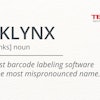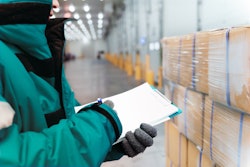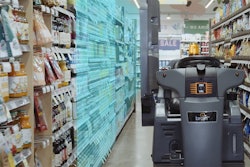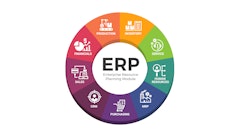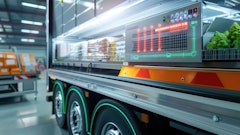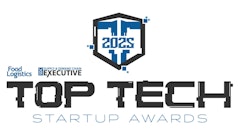
The advent of Generative AI is a defining moment for the food logistics industry. It’s accelerating innovation and increasing connectivity like never before. For those leaders who are starting to adopt and implement new technologies, it’s changing the future of their business.
A recent Penske survey found 70% of companies report adopting AI solutions – up 17% from 2024. Due to this investment, fleet executives saw improvement in fleet planning (36%), route optimization (36%) and operational efficiency (34%) over the past year.
With the AI landscape evolving so rapidly, the opportunities are vast and transportation leaders are taking notice. While many leaders are navigating challenges such as rising costs (52%), supply chain disruptions (45%) and managing fleet operations (40%), more than 91% of executives believe organizations that adopt AI are better positioned for future growth, according to the same Penske research.
With rising optimism among transportation executives when it comes to adopting AI, below are five misconceptions to debunk:
1. AI-powered transportation is expensive and doesn’t deliver measurable savings
Like any tool, AI-powered transportation solutions have upfront costs, but they often deliver strong returns, sometimes within weeks. By leaning on automation and data-driven decision-making, AI can cut overhead and make an operation more efficient.
The proof: Many companies using AI-driven freight procurement solutions have achieved measurable savings. About four in 10 respondents to the Penske study say their organizations have achieved as much as 50% in savings in fuel costs, operational expenditures and distance traveled through AI-powered route optimization.
For carriers, AI-driven autonomous procurement tools can integrate seamlessly with existing transportation management systems, and for a leading consumer goods customer, they have proven to reduce freight costs by more than 10% while simultaneously cutting down on manual workloads by 80% for workers. These tools positively impact both carrier margins and workplace satisfaction for drivers.
2. AI-powered transportation requires big internal changes
Quite the contrary. Over the past five years, the logistics and supply chain industry has changed, and AI has been a big part of that movement. Earlier-stage AI-powered solutions required time to adapt, though now they are designed to integrate seamlessly with existing systems for easy adoption.
The proof: Many businesses have implemented AI solutions without overhauling their existing processes. Autonomous procurement solutions, for example, can connect via APIs, facilitating quick adoption with minimal disruption. The “big internal change” in this instance would be teams spending less time on manual activities like accepting offers and more time on value-add, strategic tasks.
3. AI-powered transportation can misinterpret or misuse bad data
While it’s true that AI solutions are only as good as the data they are fed, progress is being made on cleaning up data. When companies are in the process of integrating new solutions, a data cleanse to filter out bad data is an important step. We frequently work with customers ahead of integrations to make sure their data is “AI-ready” in order to provide trustworthy results.
The proof: Generative AI models keep getting smarter. With the right programming and training, they can spot and flag bad data that older, disparate systems may have automatically accepted. By establishing ground-truth validation techniques upfront and repeatedly testing code against them should keep data clean – similar to the “spell check” tool for spelling and grammar errors during the editing process.
4. AI-powered transportation adds little value and can’t actively perform critical tasks
AI isn’t purely about automation anymore. It now actively improves decision-making, helping people optimize procurement, pricing and carrier selection, resulting in better and faster decisions.
The proof: AI has earned its place as an established tool in logistics. For instance, AI-driven procurement solutions identify the best transportation capacity at the most competitive rates, lowering cost and increasing efficiency. A logistics company using AI-powered tools saw a 7–12% reduction in freight expenses while increasing automation, letting their teams focus on important negotiations instead of day-to-day transactions.
5: AI-powered transportation damages relationships with carrier partners
It’s the other way around. AI strengthens relationships with carriers by ensuring transparency, in-market pricing and efficiency. It doesn’t replace human interactions – it strengthens them.
The proof: Many AI-powered procurement platforms provide carriers with instant visibility into available shipments and instant pricing. With features like “buy-it-now” options, carriers can accept shipments with confidence. One logistics leader noted that AI freed time up for the team to build stronger partnerships instead of being bogged down by manual negotiations and coordination activities.
AI is a strategic asset, not a liability
Leaders in food logistics are under constant pressure to cut costs, improve efficiency and adapt to shifting market dynamics. AI-powered solutions are not just another tech trend, they are here to stay. Companies that embrace AI are already seeing considerable cost savings, streamlined operations and strengthened relationships with carriers and partners.
New research highlights AI as a transformative force that can enhance human expertise, streamline routine tasks and empower teams to focus on strategic growth. AI in the transportation market is expected to increase from 22.7% from 2023-2032, according to market research. It’s time to move over to the fast lane.
